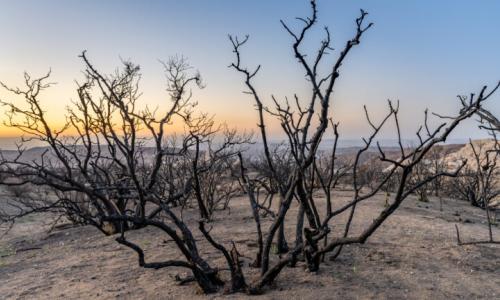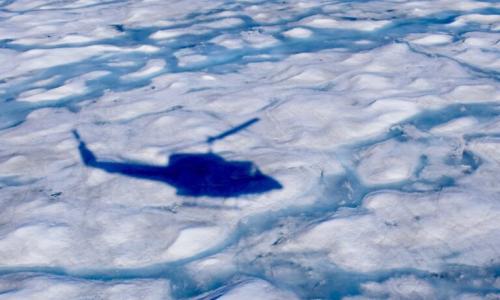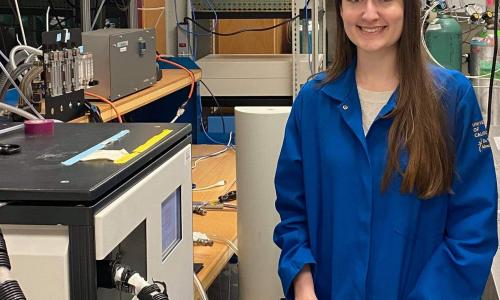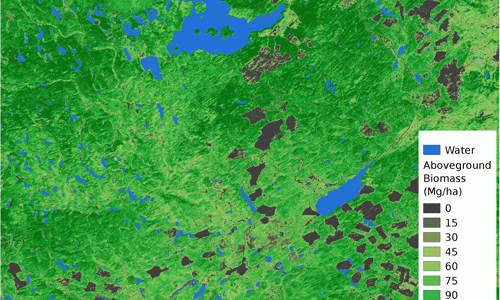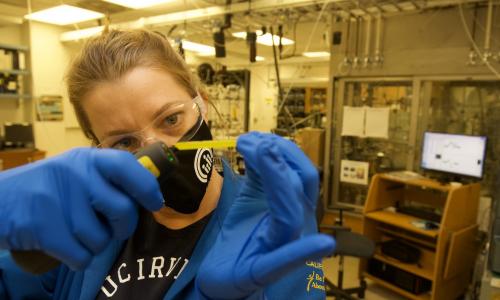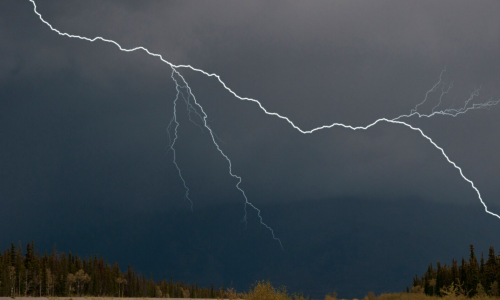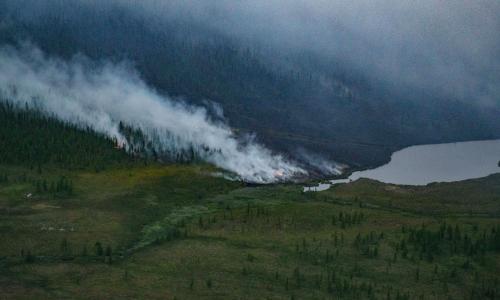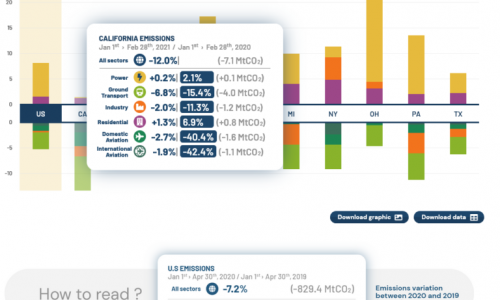The Future of Energy and the Environment
May 18, 2021
This month, climate research from the Randerson group made the headlines.
May 17, 2021
Greenhouse gases and aerosol pollution emitted by human activities are responsible for increases in the frequency, intensity and duration of droughts around the world, according to researchers at the University of California, Irvine.
May 6, 2021
Climate model predictions made more precise through use of NASA GRACE satellite data.
May 5, 2021
Intense, wide-spread melting events in Greenland, such as one in July 2012 that touched nearly every part of the massive island’s frozen slab, are catastrophic, but they still account for only a small portion of the total deterioration of the ice sheet, according to researchers at the University of California, Irvine.
Apr 30, 2021
Ph.D. student Natalie Smith answers questions about her aerosol research.
Apr 29, 2021
The Arctic is getting greener as the climate warms — but it’s not greening fast enough to absorb very much carbon dioxide, Boston University and UC Irvine scientists find.
Apr 23, 2021
In this panel discussion, three UCI Physical Sciences experts chat about the current state climate change science.
Apr 23, 2021
Chemistry Ph.D. student answers questions about her research on the chemical transformation of pesticides.
Apr 21, 2021
Their research aims to find chemical solutions for climate change problems.
Apr 9, 2021
Lightning in the Arctic used to be so vanishingly rare that people could go their whole lives without seeing a flash. But as the region warms rapidly, it may become more common—with effects that…
Apr 7, 2021
THE ARCTIC ISN’T doing so hot. That’s because it is, in fact, too hot. It’s warming at least twice as fast as the rest of the planet, which is setting off vicious feedback…
Apr 7, 2021
Tool helps to track abrupt yet temporary emissions declines during pandemic.


